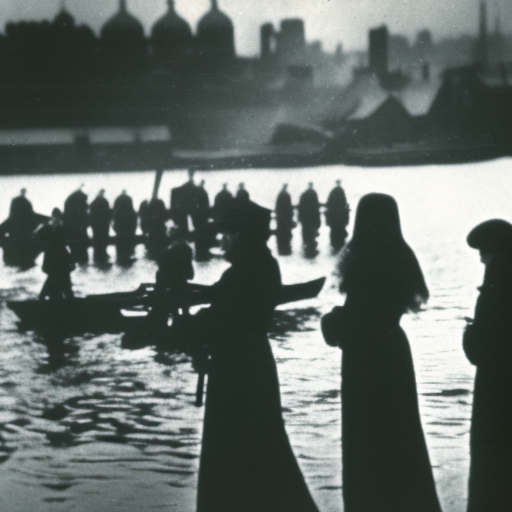Summary: Anglo-Russian Invasion of Holland
The Anglo-Russian invasion of Holland was a military campaign that took place during the Napoleonic Wars. It occurred from August to November 1799 and involved a joint British and Russian force attempting to overthrow the Batavian Republic, a French client state, and restore the House of Orange to power in the Netherlands.
Background
By 1799, France had established its dominance over much of Europe, including the Netherlands. The Batavian Republic, a French puppet state, had been established in 1795, replacing the Dutch Republic. However, discontent with French rule and a desire for the return of the House of Orange led to a popular uprising in the Netherlands.
The Invasion
In August 1799, a British expeditionary force under the command of Sir Ralph Abercromby, along with a Russian force led by General Hermann von Fersen, landed in the Netherlands. Their objective was to support the Dutch rebels and overthrow the Batavian Republic. The invasion force faced initial resistance from French and Dutch Republican troops, but they managed to secure several victories, including the Battle of Bergen and the Battle of Alkmaar.
The Siege of Alkmaar
The Siege of Alkmaar was a crucial battle during the invasion. The British and Russian forces successfully defended the city against French attacks, forcing the French to retreat. This victory boosted the morale of the invasion force and further weakened the position of the Batavian Republic.
The Battle of Castricum
Following the Siege of Alkmaar, the British and Russian forces advanced towards the strategic town of Castricum. On October 6, 1799, they encountered a large French and Dutch Republican force. The Battle of Castricum was fiercely fought, but ultimately the British and Russians were forced to retreat due to heavy casualties and a lack of supplies. This setback marked a turning point in the invasion.
Withdrawal and Conclusion
After the defeat at Castricum, the Anglo-Russian forces faced logistical difficulties and were unable to sustain their campaign. In November 1799, Abercromby ordered a withdrawal, and the invasion came to an end. The Batavian Republic remained in power, and the House of Orange’s hopes for restoration were dashed.
Significance
Although the Anglo-Russian invasion of Holland ultimately failed, it had significant consequences. The invasion demonstrated the willingness of Britain and Russia to challenge French dominance in Europe and support anti-French uprisings. It also highlighted the difficulties of conducting military campaigns in the Netherlands, with its complex waterways and challenging terrain.
Legacy
The failed invasion of Holland led to a reevaluation of British military strategy in Europe. It highlighted the need for better coordination between British and Russian forces and the importance of securing supply lines. The lessons learned from this campaign would later shape British military tactics during the Napoleonic Wars.
In conclusion, the Anglo-Russian invasion of Holland was an ambitious attempt to overthrow French rule in the Netherlands and restore the House of Orange. Despite initial successes, the invasion ultimately failed due to logistical challenges and a decisive defeat at the Battle of Castricum. However, the campaign demonstrated the determination of Britain and Russia to challenge French dominance and had lasting implications for military strategy in the Napoleonic Wars.












